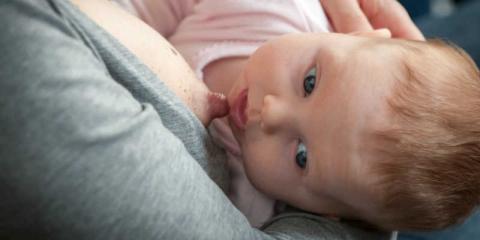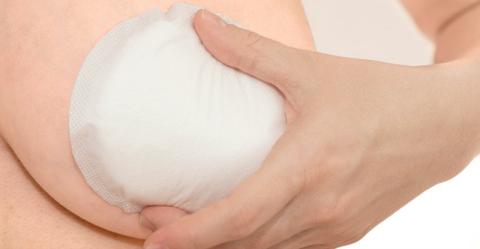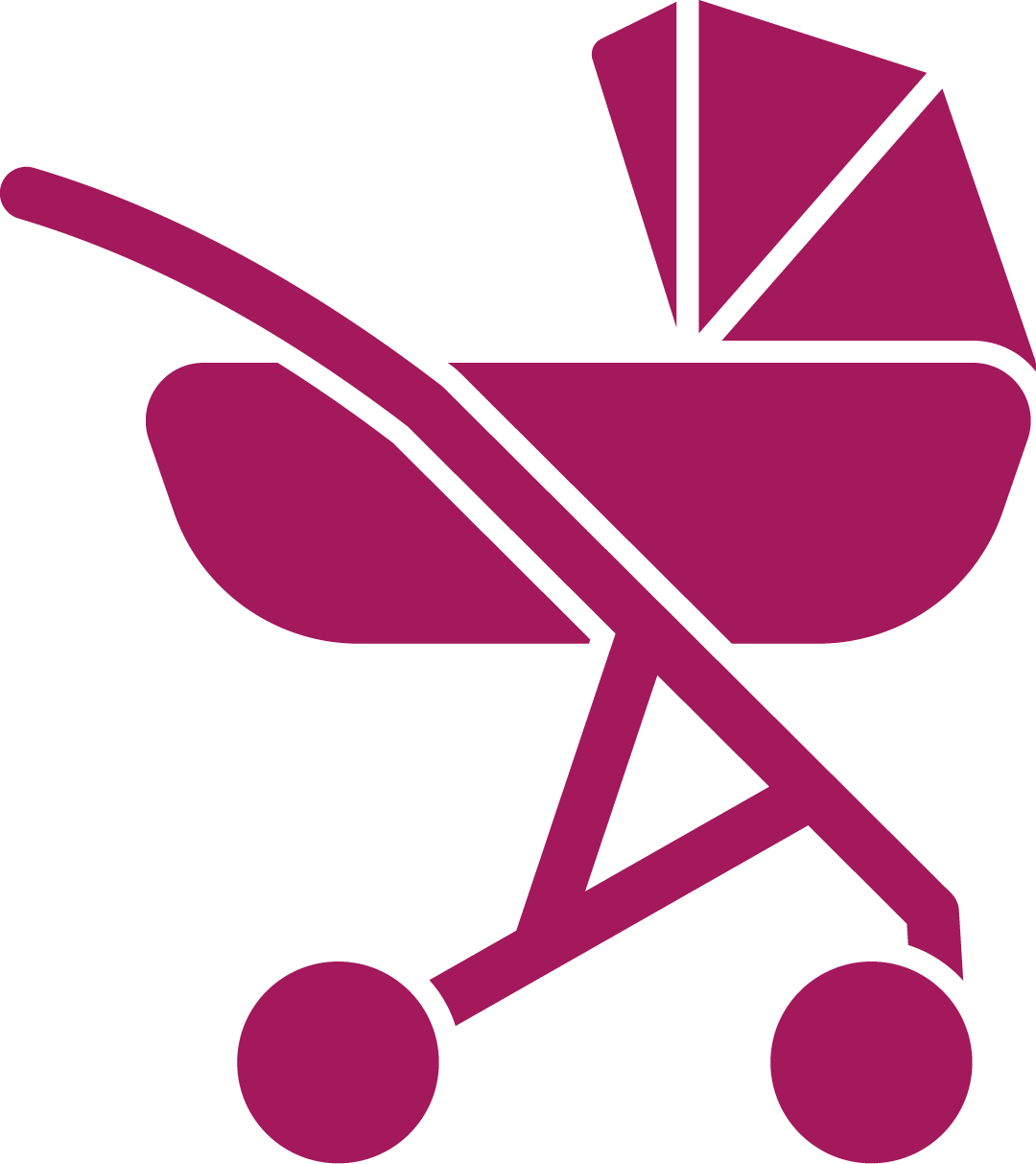Thrush is a common fungal infection that can be passed between mum and baby.
What are the symptoms?
Symptoms of thrush vary, but sore, red, pale, shiny or itchy nipples are the most common signs. You may also experience a burning sensation or a sharp, shooting pain in your breast during or after feeds. A white coating may also appear on your baby's tongue, gums and inner cheeks.
Watch this video to hear Lisa talk about how she spotted her little one had thrush.
What causes it?
Thrush can happen at any time. It thrives on broken skin and warm, moist conditions and seems to be more common after taking antibiotics. Breastfeeding mums with cracked nipples who are taking antibiotics for mastitis have a higher risk of thrush.
What's the solution?
Thrush needs antifungal treatment prescribed by your doctor. Both you and your baby need to be treated at the same time because thrush passes very easily between mum and baby.
To avoid re-infection make sure to:
- discard any stored milk expressed as the thrush infection will be present in the milk
- put your bras through a very hot wash to help kill the thrush
- avoid using breast pads.
How can I stop it happening again?
Thrush can happen at any time, but if it's linked to taking antibiotics make sure to completely drain your breast after each feed by expressing any leftover milk.
If you have thrush alongside sore or cracked nipples, then correcting how your baby attaches to your breast will help get rid of both problems. To find out more, read our pages on sore and cracked nipples and correct attachment.
 Activities & Play
Activities & Play Behaviour
Behaviour Childcare
Childcare Development & Growing Up
Development & Growing Up Family, Friends & Relationships
Family, Friends & Relationships Feeding Your Baby
Feeding Your Baby Food & Eating
Food & Eating Health & Safety
Health & Safety Mental Health & Wellbeing
Mental Health & Wellbeing Money & Work
Money & Work Online Behaviour & Safety
Online Behaviour & Safety Pregnancy & First Days
Pregnancy & First Days School & Education
School & Education Sleep
Sleep







 Pregnancy & First Days
Pregnancy & First Days
 Sleep
Sleep